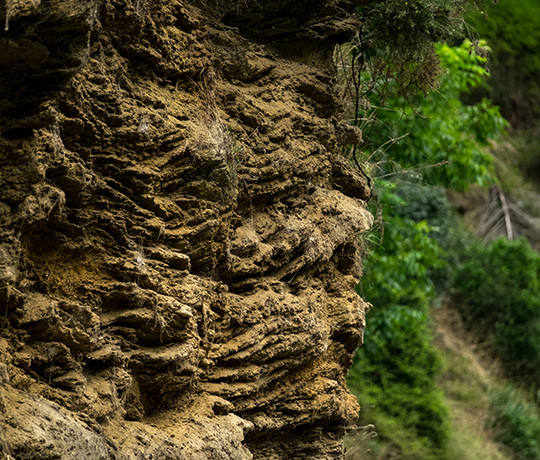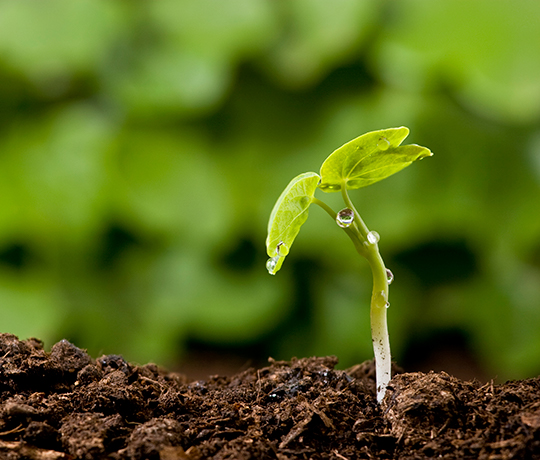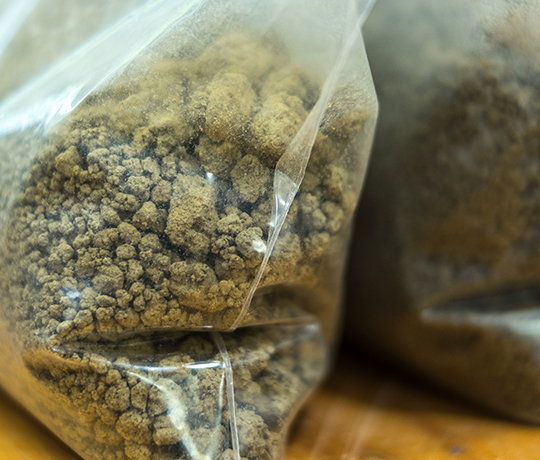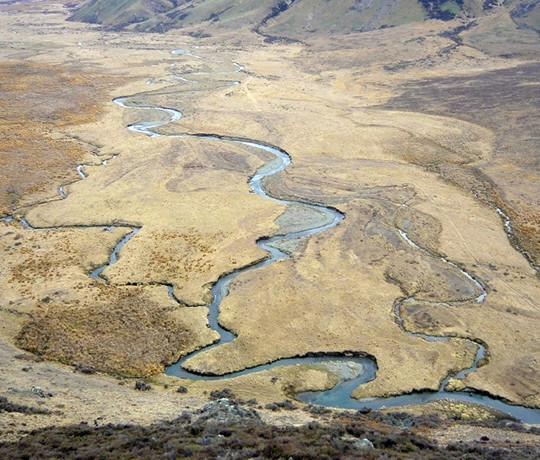What exactly is 'soil'?
'To be a successful farmer one must first know the nature of the soil.'
Xenophon of Athens, Greek philosopher, historian, soldier and student of Socrates. Oeconomicus (400 B.C.)1
Soils are (nearly) everywhere. But what does 'soil' actually consist of?
Read about the various components, and how they interact to create this amazing, living substance.
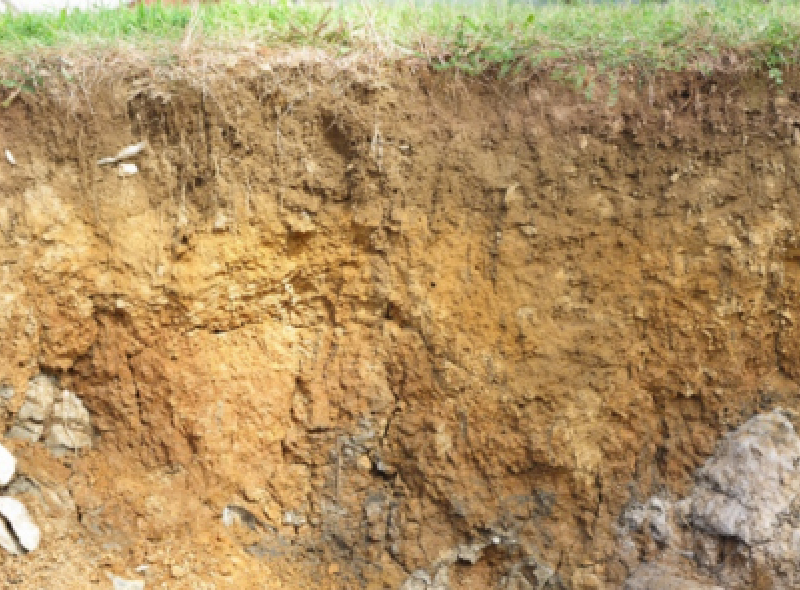
The living mantle of the earth
Defining soil can cause quite a headache. This is partly because ‘soil’ means different things to different people. For an engineer soil might be the foundation for construction, for a hydrologist it is a source of purified water, and for many people soil is simply ‘dirt’.
Over 2,000 years ago, the Greek philosopher Xenophon already thought about the value of soil for farming and food production. But surprisingly little has changed since then: Even today soil is often still exclusively seen as the basis for food production, the ‘stuff’ plants grow on – vegetables, crops, and forage.
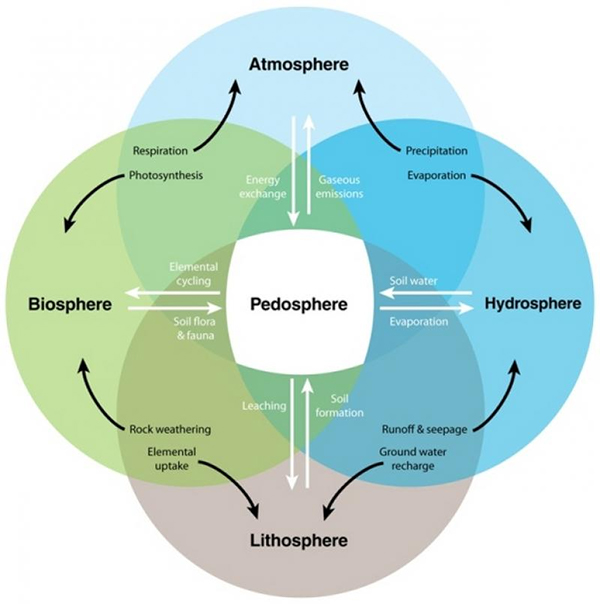
Soils (pedosphere)
Soil long hid its secrets underground until soil science, a discipline originating in the late 19th century, began to reveal the nature and properties of a substance that we now believe is the most complex biomaterial on earth2.
Most soil scientists nowadays have a holistic view of soil, seeing it as a vital connector in terrestrial ecosystems, where it links bedrock (lithosphere) with air and climate (atmosphere), water (hydrosphere), and flora and fauna (biosphere). Yet, the wider relevance of soil as the living mantle of the earth has received little public attention.
Soils (pedosphere) are at the intersection of air (atmosphere), living organisms (biosphere), water (hydrosphere), and geology (lithosphere). Source: nature.com
What exactly is soil?

A simplified sketch of a soil aggregate, or ‘ped’, a naturally formed assemblage of mineral particles, organic matter, root hairs, micro-organisms and their secretions, and the resulting pores. Source: nature.com
Soil is the outer, very thin coat of the planet’s crust. This coat can be as thin as a few millimetres, or as thick as a few metres when time and stable environmental conditions favour long soil formation. Soil always comprises a complex mixture of gases, mineral and organic particles, liquids, and life – all of which interact with each other.
Whether tightly bound or in lose arrangements, mineral particles constitute around half of the soil volume3. The other half is made up of liquids (mainly water) and gases that fill the space between the minerals. The actual ratio between soil water and soil air, however, varies as it depends on the type of soil and underlying environmental conditions.
Groundwater and rainfall supply soil with fresh water, which can be accessed and removed by plant roots. Dense soils store more water and coarser soils contain more air.
A small proportion of soil (a few percent) is constituted by organic matter and living organisms, the latter being soil’s most distinctive characteristic: Bacteria, fungi, mites, earthworms – a handful of fertile topsoil contains more organisms than people living on earth.4
The activity of soil organisms promotes the rearrangement, disintegration and destruction of mineral particles and organic debris underground. It also leads to the formation of humus, a mixture of transformed organic compounds that increase soil fertility and soil health.
Biological, chemical and physical processes are responsible for the soil to 'mature' over time, and form different layers termed ‘soil horizons’. Each soil horizon has a unique set of properties, and each set of properties affects the extent to which a soil can provide specific functions to its environment – such as buffering nutrients or filtering water.
So, the composition of soil is always a product of space and time. And despite these differences in properties, at landscape scales soil forms a continuum – one soil grades into another.
Soil Matters
Let’s recap: soil develops in all dimensions – vertically, horizontally and continually changes through space and time. The formation of soil depends on biological, chemical and physical processes, all of which create a unique soil environment. The functioning of soil as a regulator and provider of fresh water, food and fibre sustains terrestrial ecosystems and, in the end, human life.
Soil, like the ground we stand on, seems to be something that will be around forever. But this can be deceptive, because the demands of modern society – in the form of land consumption, intensified agriculture, soil degradation and soil pollution – continue to feed on a resource that is non-renewable within human time scales. Ten centimetres of fertile topsoil can take around 2,000 years to form – the time that has passed since Xenophon philosophised about the nature of soil4.
Let's Talk About Soil
This animated film tells the reality of soil resources around the world, covering the issues of degradation, urbanization, land grabbing and over-exploitation. The film offers options to make the way we manage our soils more sustainable.
1http://www.nswskn.com/soil-quotes-2/; accessed on 21/02/2019
2 IM Young, JW Crawford 2004. Interactions and self-organisation in the soil-microbe complex. Science 304: 1634/1637.
3 R Schaetzl, S Anderson 2005. Soils: Genesis and Geomorphology. Cambridge, Cambridge University Press. P. 10.
4 D Bartz ed. 2015. Soil Atlas 2015: Facts and figures about earth, land and fields (4th edn). Potsdam, Germany, Heinrich Boell Foundation, Institute for Advanced Sustainability Studies.
Like the texts for this section of our Soils Portal? They have been compiled by Anne Wecking.
